Kolloquiumsprogramm
Das Kolloquium wird in Zusammenarbeit mit dem Forschungsverbund VINAR und der GeoSphere Austria (früher ZAMG) durchgeführt.
Alle Vorträge sind ohne Anmeldung öffentlich zugänglich!
Datum: Dienstags von 16:30 bis 18:00 Uhr
Raum: 2F513 (Exner-Raum), Josef-Holaubek-Platz 2, UZA 2, 1090 Wien und online!
-
07/03/2023 - Andreas LUTHER + Bradley MATTHEWS: "The Vienna Urban Carbon Laboratory and the Munich Urban Carbon Column network" Online und im Raum 2F513
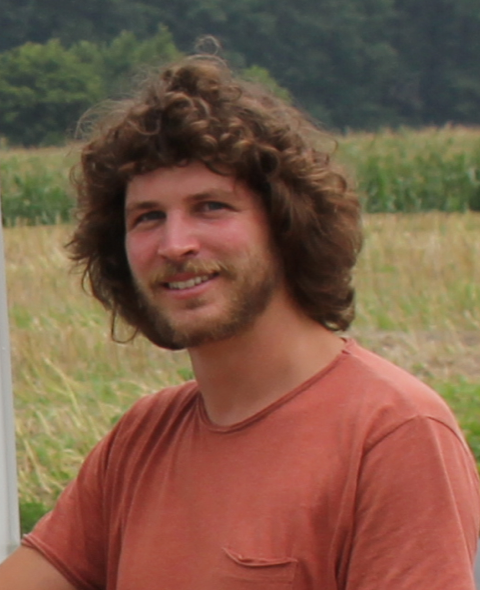
© Luther 
© Matthews Andreas LUTHER (TU Munich) + Bradley MATTHEWS (Umweltbundesamt)
The Vienna Urban Carbon Laboratory (VUCL) is currently testing options for monitoring local carbon dioxide (CO2) and methane (CH4) emissions in Vienna using in-situ measurements and ground-based remote sensing. Building upon the CarboWien pilot project, VUCL has extended and expanded the eddy covariance system that was set-up at the A1 Arsenal tower in December 2017 to measure CO2 fluxes at 144 m above the city. In May 2022, additional instruments were added to the measurement setup at Arsenal to observe CH4 fluxes, as well as ambient CO2 mole fractions and respective 13C/12C ratios.
Furthermore, between May and July 2022, four EM27/SUN spectrometers of the Munich Urban Carbon Column network (MUCCnet) were operated in Vienna to measure horizontal gradients in total column CO2 and CH4 mole fractions. This contribution to the University of Vienna Meteorologisch-Geophysikalisches Kolloquium will provide brief introductions to the VUCL and MUCCnet projects. Moreover, first analyses of the 2022 combined campaign of eddy covariance- and EM27/SUN spectrometer measurements will be presented and discussed.
Dienstag, 16:30 Uhr bis 18:00 Uhr
Ort: Raum 2F513, (Exner-Raum), Josef-Holaubek-Platz 2, UZA 2, 1090 Wien und online!
-
14/03/2023 - Riccardo BIONDI: "Science communication and dissemination, why are they important for your career?" Online und im Raum 2F513
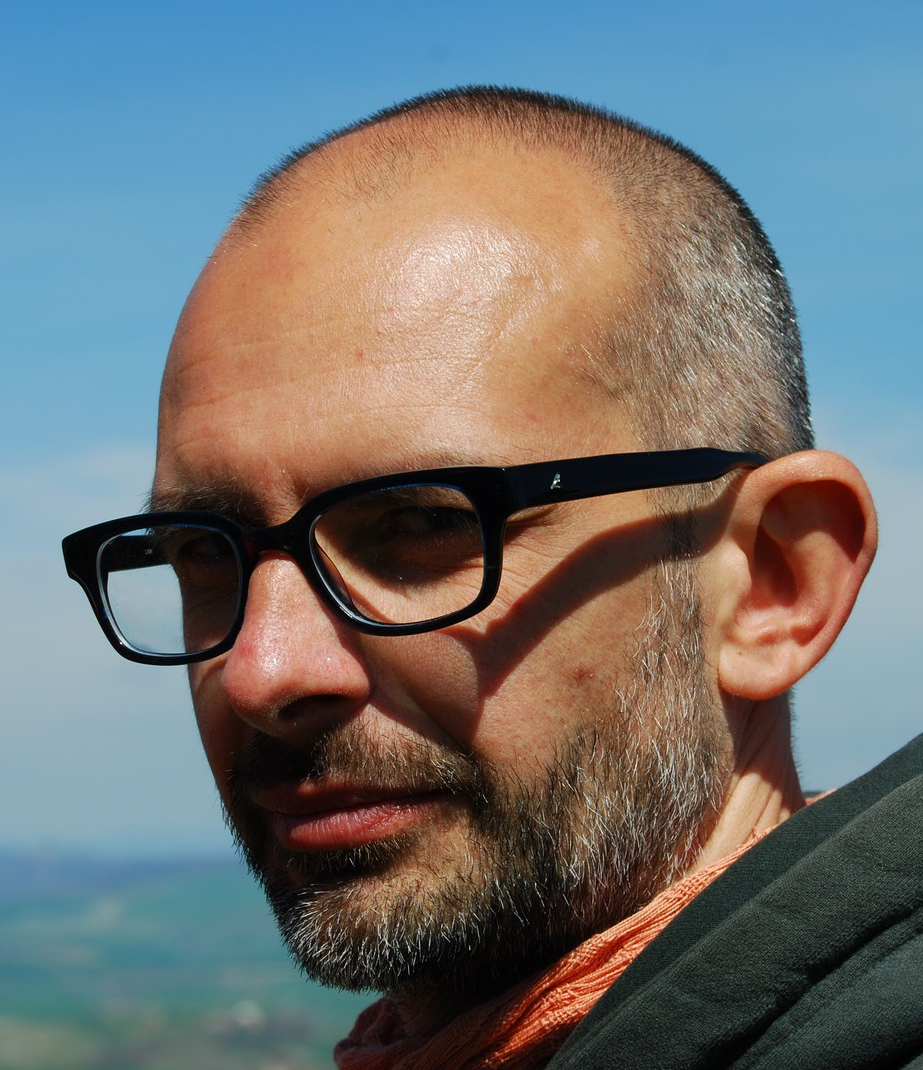
© Biondi Riccardo BIONDI (University of Padova)
Over the past decades, communication and outreach have become a fundamental concern of research communities. The relationship between science and society has begun to change radically and communication has become a necessity. Important decisions involving scientists' research are no longer made by the scientific community but by politicians, private companies and media. Moreover, the decisions often involve the general public whose opinion influences the politicians and the media behavior, so it is fundamental to convey the value of a scientific way of thinking even to those who have nothing to do with science.
Furthermore, the scientists’ career is nowadays based and evaluated on paper metrics, conference presentations, project funding and international relevance. This makes it important to improve the way to share results with the scientific community, in order to enhance the quality of the research, to facilitate collaborations and to get projects funded.
During this seminar we will see some best practices of science communication and dissemination and we will work with practical examples.
Zum Aufgezeichneten Online-Vortrag hier klicken. Passwort: 4*DSr0$T
-
21/03/2023 - Leo EISNER: "Mapping pore pressure with beach balls (2023 SEG Honorary Lecturer)" Online und im HS 3!
Leo EISNER (Seismik s.r.o. Prague)
Stress field of the Earth's crust has been studied for many decades as a part of seismology and geomechanics. Traditional stress inversion methods utilize focal mechanisms of earthquakes as this is typically the only data available at regional scale and lower crust. With earthquake mechanisms, it's possible to reconstruct principal stress directions and a ratio of principal stress magnitudes, but not the full stress tensor. However, a combination of data from reservoir injections and focal mechanisms from induced microseismicity overcomes this limitation. Various reservoir data, such as the temporal dependency of injection pressure, density logs, and in situ stress measurements, complement microseismic data and allow to reconstruct the full stress tensor: stress orientation and principal stress magnitudes. A joint-inversion technique that combines different data from various depths may also account for stress variations with depth and reconstruct vertical stress gradient tensor. Ultimately, the full stress tensor together with the focal mechanisms provide an estimate of pore pressure at the location of every event, which can be mapped in time and space. I will show how we applied joint stress inversion to a geothermal and unconventional dataset and illustrate how microseismicity can be used to map pore pressure.
Dienstag, 16:30 Uhr bis 18:00 Uhr
Ort: HS 3, Josef-Holaubek-Platz 2, UZA 2, 1090 Wien und online!
Nach dem Kolloquiumsvortrag (um 18:30 Uhr) gibt es noch ein zwangloses Treffen mit dem Sprecher im Fischerbräu, Billrothstrasse 17, 1190 Wien.
-
18/04/2023 - VISESS Big Picture Event "The PLEES Index & Effectively Communicating on Climate Change” in HS 3!
-
02/05/2023 - Matthew RIGBY: "Inferring methane emissions using satellite data and Lagrangian particle dispersion models: recent results and future directions" Nur Online!
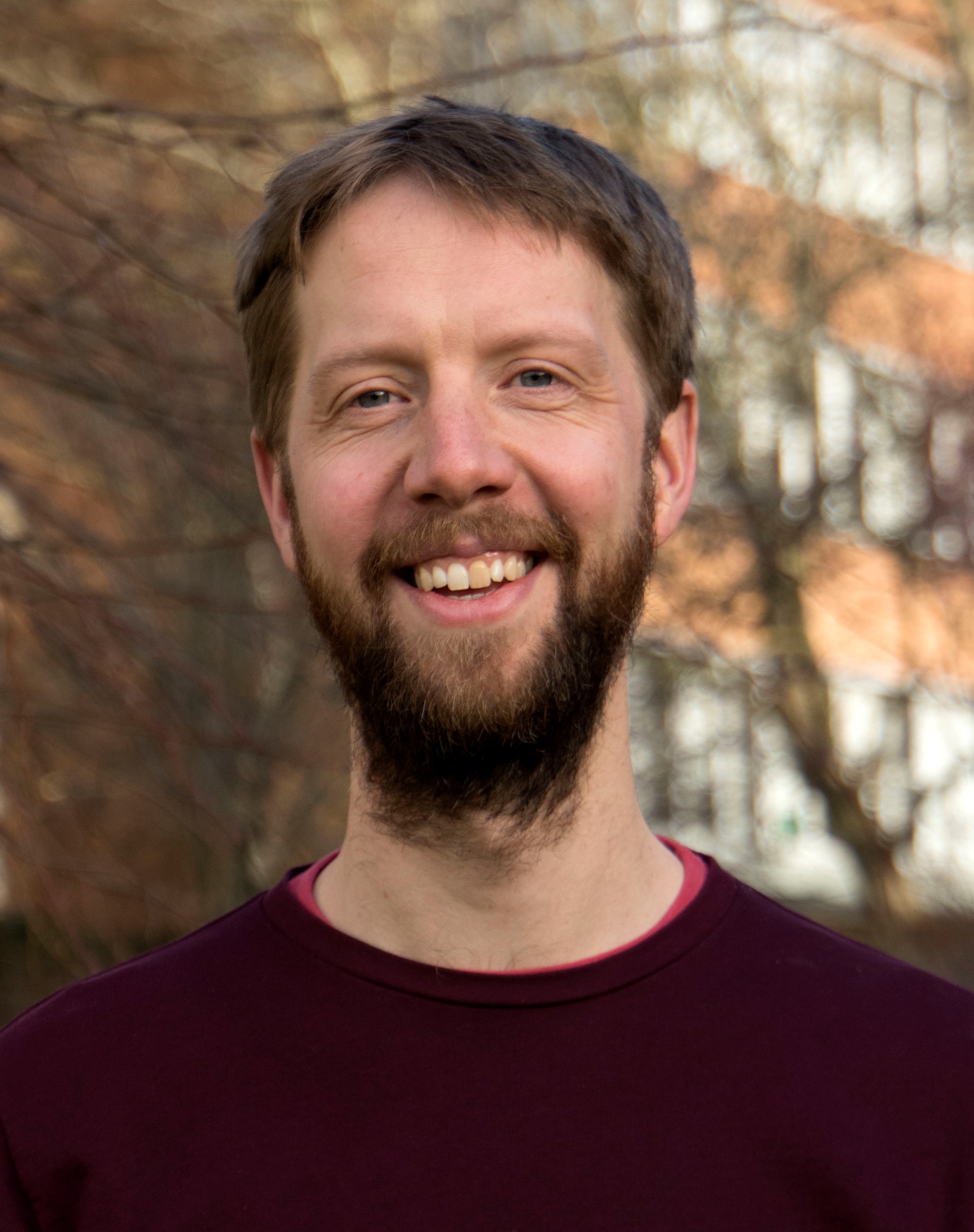
© Rigby Matthew RIGBY (University of Bristol)
Over the last decade, we have used data from the JAXA satellite, GOSAT, to infer methane emissions over India, Brazil, China and North Africa. This has been achieved using a hierarchical Bayesian “top-down” inversion framework and the UK Met Office NAME Lagrangian particle dispersion model (LPDM). These studies have revealed several notable findings, including top-down methane emissions for India that are consistent with inventory reports, a trend in wetland and anthropogenic emissions in Brazil, and a previously unidentified seasonal source in the Nile delta. New space-based instruments such as TROPOMI represent an exciting new area for methane emissions inference. However, because of the step-change in data volumes, compared to GOSAT, these datasets are extremely challenging for studies using LPDMs, which require a new model evaluation for each data point.
To address this issue, we have developed a proof-of-concept machine learning emulator, which can calculate LPDM outputs in a fraction of a second using meteorological inputs. Here, I will discuss recent inversion results and outline a possible future direction for methane inversions using satellite data and machine learning emulation of LPDMs.
Dienstag, 16:30 Uhr bis 18:00 Uhr
Ort: Nur online!
-
09/05/2023 - Alexandra BRAUSMANN: "Climate change impacts and climate policies" Online und im Raum 2F513
© Brausmann Alexandra BRAUSMANN (University of Vienna)
We often here in the media about the devastating impacts of climate change but what are they exactly? What are the impacts on the economy and society and which policies can be applied in order to mitigate these impacts. In this talk I will address these and related questions from the economics perspective.
Dienstag, 16:30 Uhr bis 18:00 Uhr
Ort: Raum 2F513, (Exner-Raum), Josef-Holaubek-Platz 2, UZA 2, 1090 Wien und online!
-
23/05/2023 - Steffen BIRK: "Groundwater resources in Austria" Online und im Raum 2F513
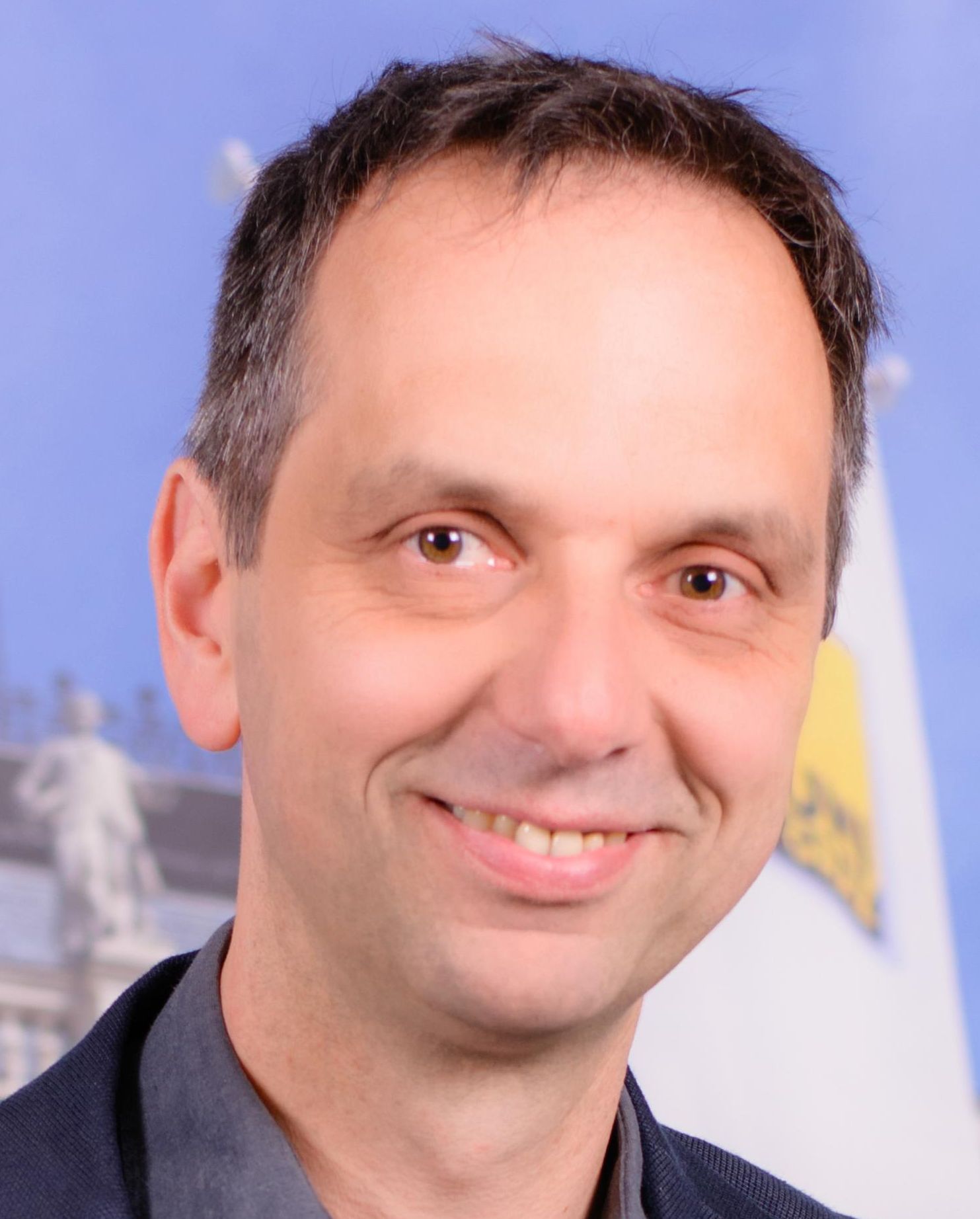
© Uni Graz Steffen BIRK (Universität Graz)
Groundwater is a hidden freshwater resource that sustains ecosystems and provides the majority of drinking water in many countries. As opposed to surface water, groundwater usually responds more slowly to changes in the water cycle, making impacts of climate change or human interventions such as water abstraction or hydraulic engineering less obvious. It is therefore important to identify and understand the changes and their drivers in groundwater systems. Using examples from Austria, this talk aims to illustrate how groundwater systems function and how they may be affected by changes in the water cycle.
Dienstag, 16:30 Uhr bis 18:00 Uhr
Ort: Raum 2F513, (Exner-Raum), Josef-Holaubek-Platz 2, UZA 2, 1090 Wien und online!
Nach dem Kolloquiumsvortrag (um 18:30 Uhr) gibt es noch ein zwangloses Treffen mit dem Sprecher im Fischerbräu, Billrothstrasse 17, 1190 Wien.
-
06/06/2023 - Wouter DORIGO: "Satellite observations of soil moisture and vegetation for improved Earth system modelling" Online und im Raum 2F513
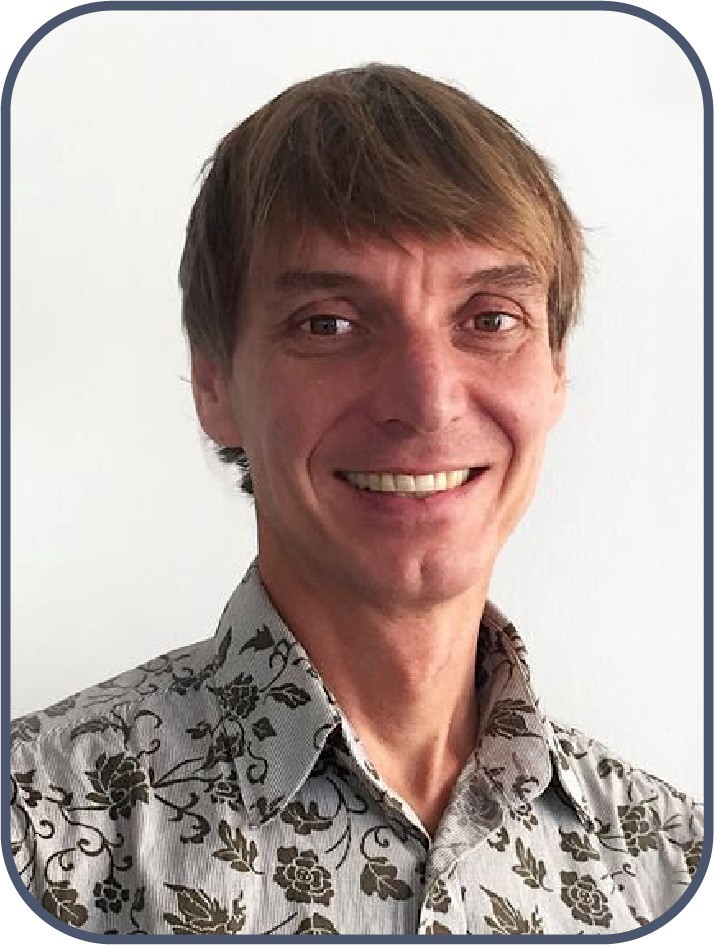
© Dorigo Wouter DORIGO (TU Wien)
Satellite observations of the land surface provide valuable insights into the distribution of water in space and time and its interaction with ecosystem dynamics. In Earth system models, these interactions are often poorly represented, which can lead to considerable uncertainties in forecasts of moisture fluxes at multiple time scales. In this presentation, I will give an overview of the various climate data records produced by our team and examples of how they have been used to improve Earth system modelling. This includes model benchmarking, model calibration, data assimilation, and the use of machine learning to disentangle multi-variate controls on vegetation dynamics and to make data-driven forecasts.
Dienstag, 16:30 Uhr bis 18:00 Uhr
Ort: Raum 2F513, (Exner-Raum), Josef-Holaubek-Platz 2, UZA 2, 1090 Wien und online!
Nach dem Kolloquiumsvortrag (um 19:00 Uhr) gibt es noch ein zwangloses Treffen mit dem Sprecher im Fischerbräu, Billrothstrasse 17, 1190 Wien.
-
20/06/2023 - BLUMESBERGER und GANGULY: "Research Datamanagement at the University of Vienna" Online und im Raum 2F513
Susanne BLUMESBERGER und Raman GANGULY (Uni Wien)
The presentation gives an insight into the offers and services for comprehensive data management, from the creation of data to long-term archiving.
Dienstag, 16:30 Uhr bis 18:00 Uhr
Ort: Raum 2F513, (Exner-Raum), Josef-Holaubek-Platz 2, UZA 2, 1090 Wien und online!
-
27/06/2023 - Harald RIEDER: „Ambient air pollution: drivers, changes and future projections“ Online und im Raum 2F513
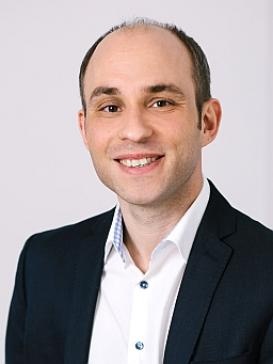
© Rieder Harald RIEDER (BOKU)
Climate and air quality are inextricably connected and are recognized as the greatest environmental threat to global health by the World Health Organization (WHO). This seminar covers the evolution of ambient air quality in Austria and Europe through recent decades, underlying drivers of change and future projections. Particular focus is given on regional variations, potential futures and mitigation strategies for surface ozone and particulate matter burdens.
Dienstag, 16:30 Uhr bis 18:00 Uhr
Ort: Raum 2F513, (Exner-Raum), Josef-Holaubek-Platz 2, UZA 2, 1090 Wien und online!
Nach dem Kolloquiumsvortrag (um 18:30 Uhr) gibt es noch ein zwangloses Treffen mit dem Sprecher in Brandauers Bierbögen, Heiligenstädter Str. 31, Stadtbahnbögen, 1190 Wien.
